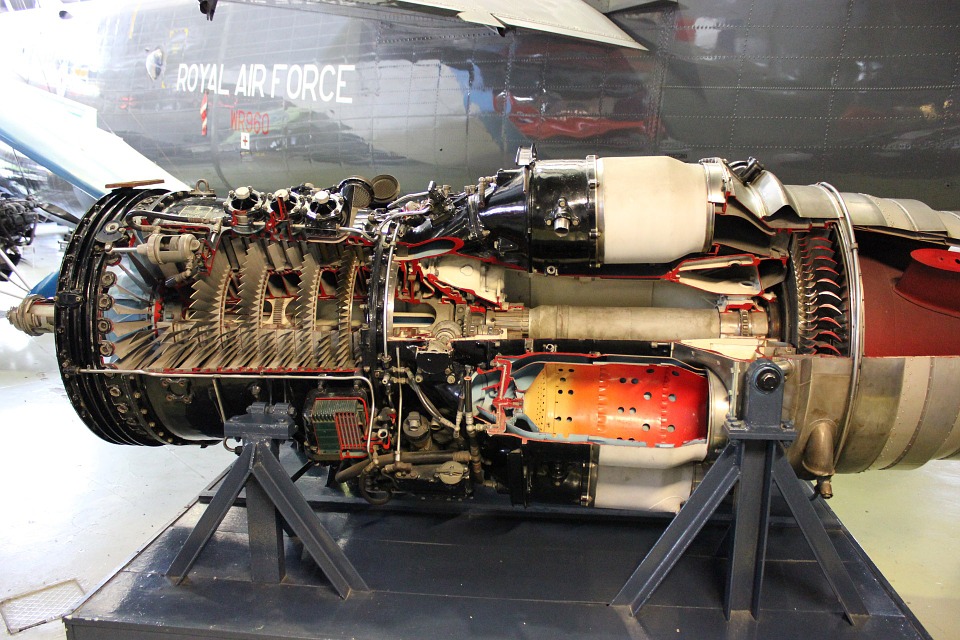Tokyo University of Science

In a study published in the International Journal of Heat and Mass Transfer, a group of scientists from Japan developed a model that can quickly and accurately simulate the solidification of a single molten droplet on a flat surface. Their model does not require any prior information to setup and can be used to develop models that can predict the deposition process in jet engines.
The research term consisted of Dr. Koji Fukudome and Prof. Makoto Yamamoto from the Tokyo University of Science, Dr. Ken Yamamoto from Osaka University, and Dr. Hiroya Mamori from The University of Electro-Communications.
Unlike previous models that assumed the surface to be at a constant temperature, the new approach simulates the solidification process by considering the droplet behavior and the heat transfer between the hotter droplet and the cooler surface. “We have been simulating droplet impact, but we could not ignore the difference from the experiment. In this study, we thought that taking into account the temperature change of the colliding wall surface would be consistent with the experiment”, explains Dr. Fukudome.
To have a less computationally intensive model, the researchers opted for a mesh-less moving particle semi-implicit (MPS) method which did not require multiple calculations on each grid. The MPS method is based on fundamental equations of fluid flow (such as the incompressible Navier-Stokes equations and mass balance conservation equations) and has been widely used to simulate complex flows. Meanwhile, the temperature change inside the substrate was computed using the grid-based method, so that we used the coupling method of both particle-based and grid-based methods.
Using this approach, the researchers simulated the solidification of molten tin droplet on a stainless steel substrate. The model performed relatively well and was able to replicate the solidification process observed in experiments. The simulations also provided an in-depth view into the solidification process, highlighting the spreading behavior and the temperature distribution of the droplet as it comes in contact with the solid surface.
Their simulations showed that the solidification is dependent on the thickness of the liquid film that was formed after the molten droplet had come in contact with the surface. Solidification initiates as the liquid film expands on the surface and was first observed at the edge of the liquid film near the surface. As the liquid film continues to spread and become thinner, solidification progresses until the entire film is turned into solid particles.
These findings are an improvement on current solidification models and the team is hopeful that their current approach can be used to build more complex deposition models. “There is no universal model for predicting depositions. Therefore, when considering the deposition of a certain droplet, a model is created by conducting experiments in advance, and numerical predictions are made. This study is expected to be a pioneer in the development of a universal deposition model,” Dr. Fukudome remarks.
Thanks to this study, engineers and scientists can get a better understanding of the complex deposition phenomena and jet engine designs can be redesigned to be safer and long-lasting.